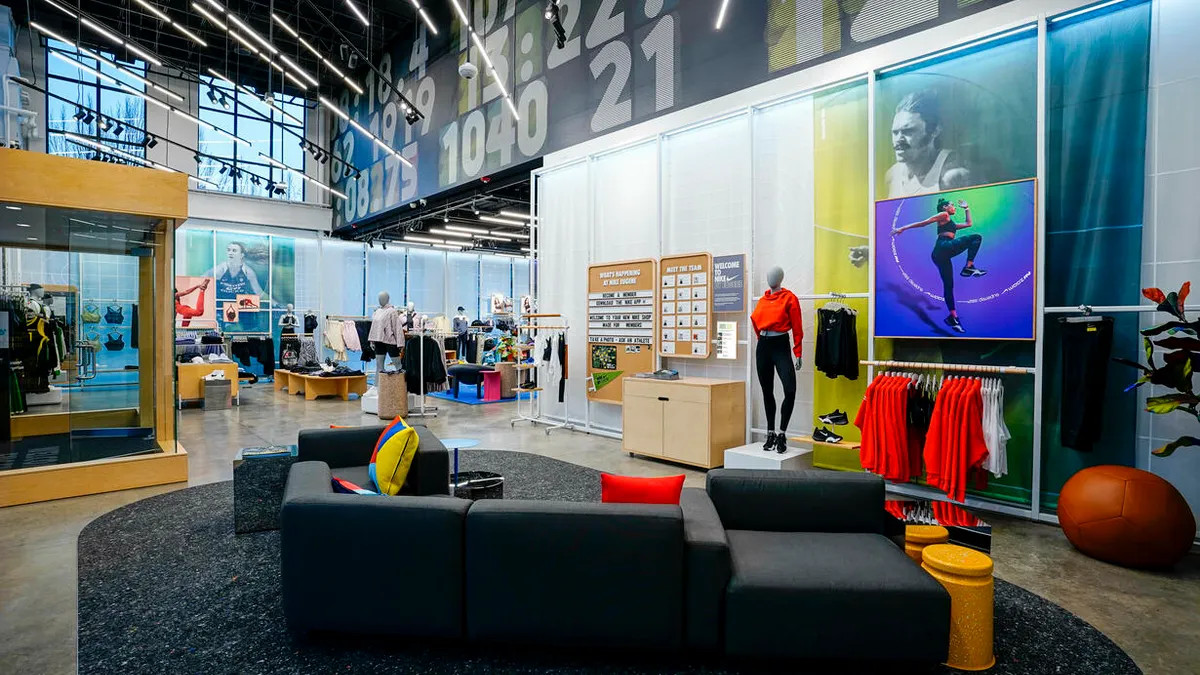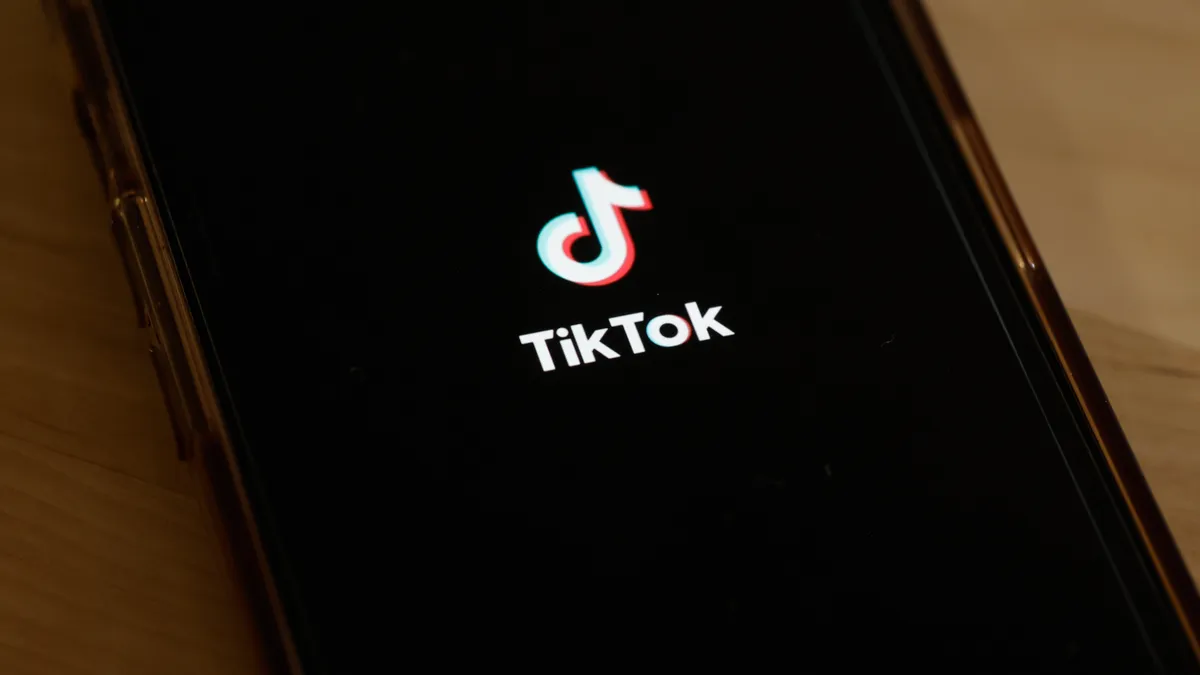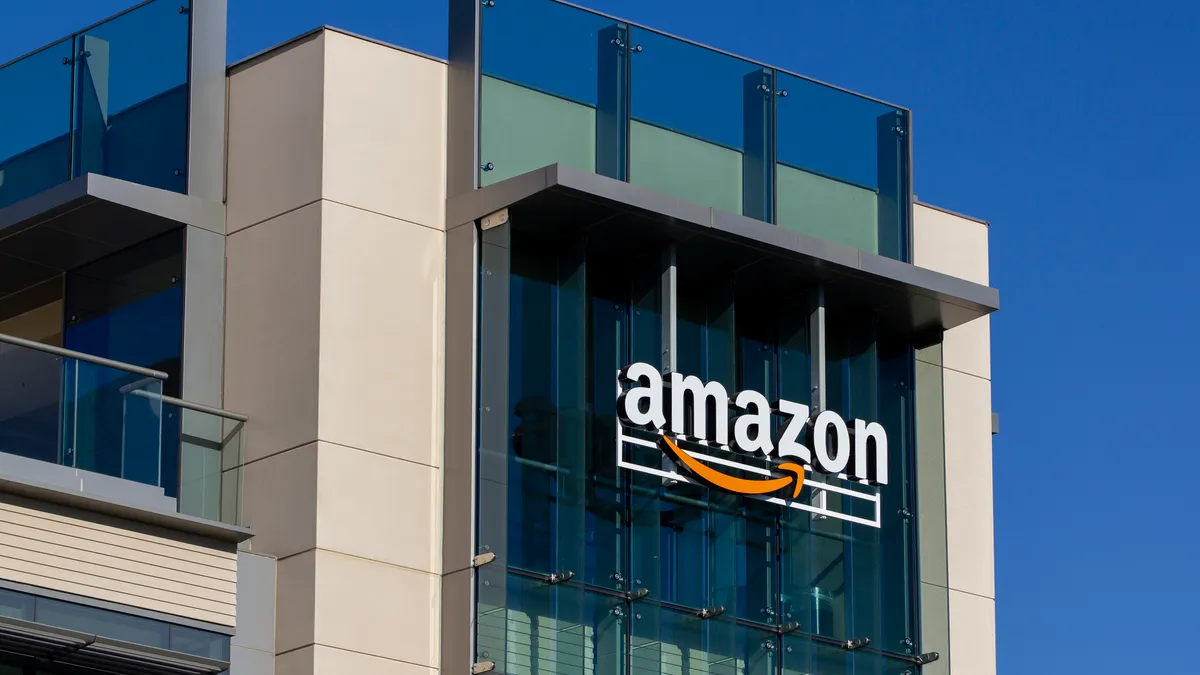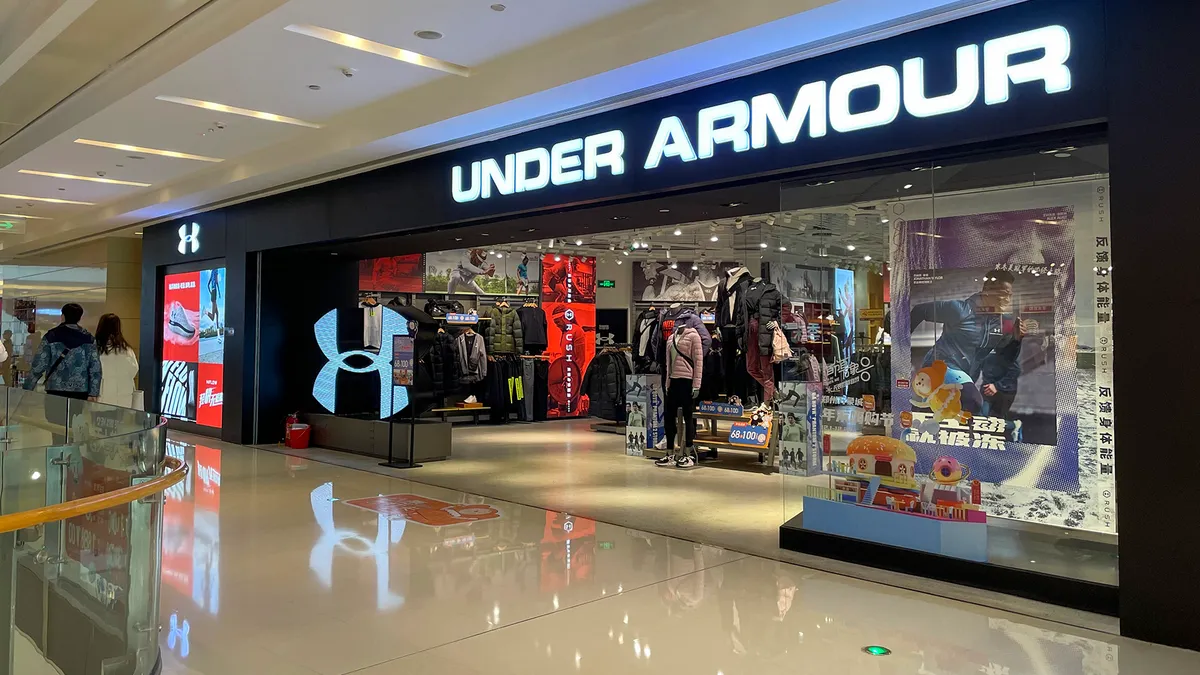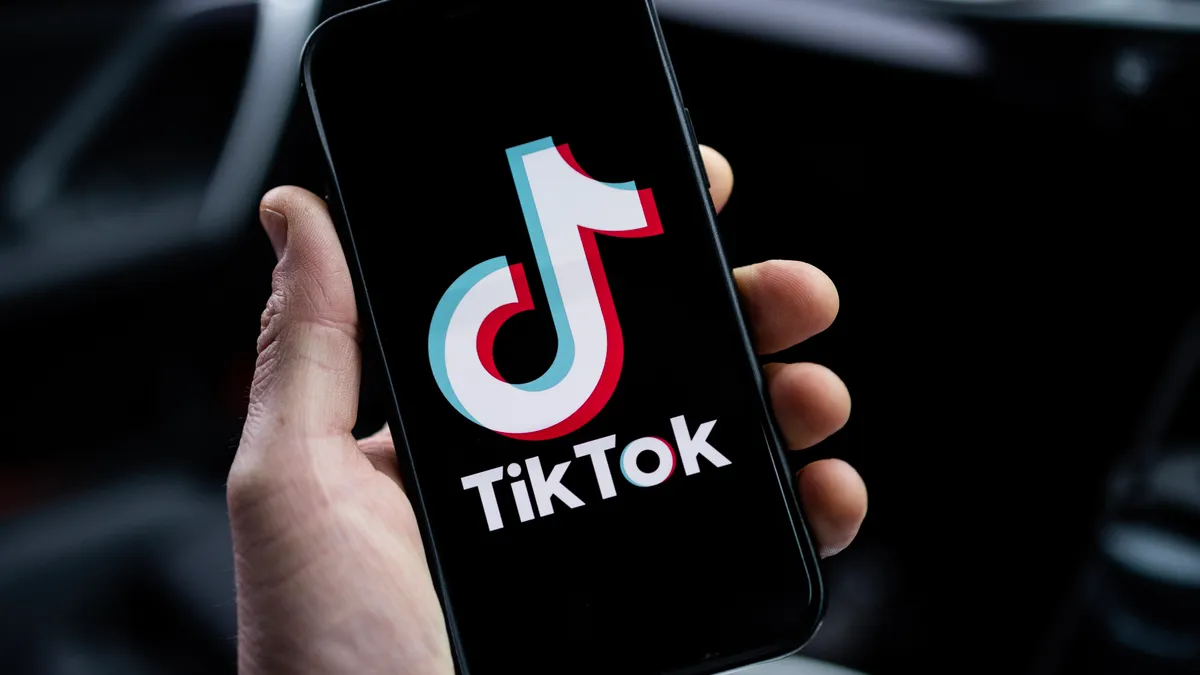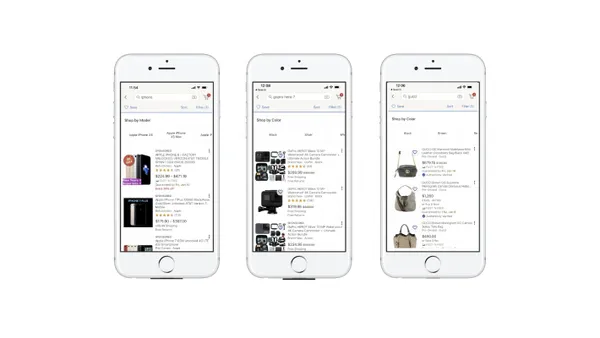In 2011, nearly ten years before Nike would announce its Consumer Direct Acceleration strategy to speed up the prioritization of DTC, the company was already focused on growth in that channel. In its annual report that year, Nike wrote that while wholesale made up the largest share of Nike brand revenues, "we continue to see growth in revenue through our Direct to Consumer channels."
At the time, DTC sales made up 16% of Nike brand revenues, or $2.9 billion of the total $18.1 billion the sportswear giant's namesake brand brought in that year (total company revenues, including Converse and other businesses, hit $20.1 billion). By the end of Nike's fiscal 2020, which came May 31, that number had grown to 35%, or $12.4 billion. Of course, Nike's revenues have also grown over that 10-year period, to $35.6 billion (or $37.4 billion company-wide).
By comparison, Adidas made 19.8 billion euros ($23.8 billion) last year, and Under Armour made just $4.5 billion.
The dominance of Nike was not always a sure thing. The numbers used to look closer than they do now (and they still are in countries outside of the U.S.), but the brand's journey to $35.6 billion, and generating more in DTC sales alone than some of its competitors make annually, has been through a path of persistent growth.
"Back in the mid-'80s, Reebok actually took No. 1 market share in the U.S. for about 18 months," Matt Powell, senior industry adviser for sports with the NPD Group, said. He noted that Nike had neglected the women's business, allowing Reebok to break in. "And then this guy named Jordan came along and Nike took No. 1 position back again. It's really been a multi-year strategy of them continuing to take share: Most years in the United States, Nike has taken share."

It's been about having the right product, definitely. But it's also been about knowing how to make tough decisions. In the '90s, that meant opening outlet stores when trends shifted to khakis and away from sneakers, according to Powell, and in the past few years, it's meant doubling and tripling down on shifting spend to its DTC channels.
"There's few brands that I can think of that should be pursuing the amount of economic upside from this kind of transformation more than Nike should," Michael Binetti, managing director at CreditSuisse, said. "It's such a big brand, with so many advantages to doing this."
Chief among those is that DTC sales are more profitable. Hence, the number of startups that have cropped up as DTCs. Nike has a strong brand, so it's able to command a sizable business through its own channels, but the more sales Nike can get that way, the better. Another advantage to the method is that Nike has more control over how its brand is presented through DTC channels, something which analysts speculated was the reason it stepped away from Amazon.
A report from McKinsey and the World Federation Sporting Goods Industry estimated that the shift to DTC has been accelerated by two years because of the pandemic, and researchers recommend that in the medium- to long-term, brands that want to thrive will need to aim for a 20% DTC business, or higher. It's at that point that brands begin to see a virtuous cycle from DTC sales and higher margins, rather than the "vicious cycle" that comes with less scale of the channel.
Nike isn't the only one that's figured out the benefits of selling directly to consumers, though. Under Armour, too, is looking to exit thousands of wholesale doors, and Adidas is planning for DTC to make up 50% of its sales by 2025. Retailers in other sectors have also recognized the need to reemphasize DTC sales.
"They're all doing what Nike's doing," Joe Feldman, senior managing director and assistant director of research at Telsey Advisory Group, said. "They're all trying to segment more. They're all trying to clean up their vendor partners."
Of course, retailers' partners are the other half of this equation. Even though the Nike brand still does 65% of its business through wholesale, Nike's DTC rise has consequences for the wholesale opportunities it's leaving behind.
"I think, frankly, any retailer who loses Nike is going to be affected in a major way," Powell said. "Some of the mall-based retailers do as much as 70% to 75% of their business with Nike. And even the ones who don't have that kind of dominant space, it's in the 30s. So it would be a significant loss to any retailer, to lose that brand."
Nike's acceleration of selling directly to consumers doesn't mean overnight changes, necessarily. The retailer has been steadily shifting to more DTC sales over the past several years. But with the pandemic accelerating e-commerce growth by years, the next phase in Nike's strategy might turn out to be incredibly well-timed.
"I've covered these guys for 13 years and I've never seen them really embracing change and moving as fast as they are today," Binetti said. "And if you'd have asked me if I would have seen the biggest company in my coverage moving at this kind of pace… it's quite an impressive thing."
The Nike ecosystem
As Nike's been pushing toward a greater percentage of DTC sales, the retailer has also been carefully constructing an ecosystem to support that shift. In reality, it's just Nike delivering on what every retailer aims for when they talk about omnichannel, but where others have struggled, Nike seems to be succeeding.
As explained by CEO John Donahoe in June, the company's DTC strategy starts with digital and Nike's owned stores. Most retailers have an e-commerce presence in addition to a fleet of stores — that's not unique, per se. But how Nike is using its stores is. After years of experimenting with digitally connected store concepts like Nike Live and House of Innovation, Nike is planning 200 small-format stores in the same model as Nike Live.

While most retailers understand the benefit of having physical stores, and how it increases online purchases in a given area as well, few retailers operate stores that are as digitally enabled as some of Nike's recent concepts. The retailer has managed to make its app so useful to the in-store experience that consumers without it are at a disadvantage. Customers can scan QR codes to pull up products on their phone, they can start dressing rooms through the app, and signs throughout the stores show customers what else they can do with their phones.
"It's this really smart acknowledgement that a purchase journey is sort of fragmented, and there are multiple touch points that go into a customer's consideration process," Sarah Marzano, a retail analyst at Gartner, said of the stores. "You might visit the Nike website while you're considering a shoe. You might then want to pop into your local Nike store to evaluate that product in person. They keep being really thoughtful about, 'How do we collect the first-party data that's necessary to knit that journey together and drive conversion?'"
In addition to creating an interconnected experience, Nike also has a strong sense of the purpose that each of its channels serve, Marzano said. For its stores, there are multiple objectives. Nike's new locations, notably off the mall and in more local communities, will not only help compensate for the closing of wholesale doors by providing a place for shoppers to see products, but they will also help build community with loyal customers, in the same way many DTC brands view their stores as marketing channels more than just revenue opportunities.
"They're in front of the curve, where they're saying, 'Look, we're making a bet that the consumer is going to either shop digitally or closer to home and the way that a lot of retail is built on high streets and in malls across the country, those are going to continue to diminish,'" Binetti said. "They're making the right bets. And we hear similar overtones of the neighborhood store strategy or the smaller store strategy all over the place."
Of course, e-commerce as a channel in and of itself has also accelerated over the years, and even more dramatically during the past few months. Nike has said before that it plans to become a 50% digital business (that includes both its own digital channels and those of retail partners like Foot Locker) and analysts believe that is a medium-term milestone rather than an end-goal.
NPD's Powell noted that the "targets are moving" on e-commerce as a whole thanks to the pandemic, with the firm originally projecting athletic footwear would be 50% e-commerce in five to 10 years, and instead it grew from 29% to 40% in the past year alone. What that means for the future share e-commerce could make up is less certain.
"Is 50 a ceiling or does this go beyond that?" Powell said. "My gut tells me it goes beyond that."
Erinn Murphy, senior research analyst at Piper Sandler, said Nike's direct digital channels are on track to make up 21.5% of the total business by the end of fiscal 2021, up from 15.5% in the last fiscal year. That would amount to $9 billion. Reaching 50% with its retail partners, then, seems "very achievable," Murphy said. In fact, in an August 2019 report on Nike, Piper Sandler noted that over time it expected digital DTC "to become [Nike's] largest selling channel."
Nike execs added on a conference call last week that its digital business has grown over 70% year to date, and total digital (both owned and partnered) has grown to 35% of the company's business.
Fueling that digital growth are Nike's apps. The SNKRS app alone is now a $1 billion business, according to Murphy, and made up 18% of Nike's total online sales in fiscal year 2020, Piper Sandler wrote in an October report. The percentage of both male and female sneakerheads that use the SNKRS app has increased year over year, according to Piper Sandler, while the Nike app saw almost 200% growth in Q1 last year.

"It becomes a sticky ecosystem because, say that you've downloaded the Nike app on your phone, and you have the Nike running app or the fitness app that they have or even just their shopping app — you'll get targeted emails and they start to know what you do athletically. Or they might know your style," Telsey's Feldman said. "They'll start to send you direct emails when there's either a new product that might be of interest to you or they'll give you a first crack sometimes at a new product that just came out."
The importance of digital to Nike — and all of retail, really — has also led to shifts in how companies think about manufacturing and shipping, something Nike will have to think through as well. According to a joint report between McKinsey and the World Federation Sporting Goods Industry, digital trends have forced athletics retailers to "become nimbler, and produce smaller, more frequent product runs. Perhaps because of this shift, lead times have shortened, with Asian suppliers of large sporting goods companies moving initially from 120 days to 90, then 60, and often eventually down to 30 days."
Nearshoring, the process of moving operations closer to where the products are sold, has also been explored by some, according to the report. With Nike, Binetti doesn't believe the majority of the retailer's manufacturing volume will move to North America, but the new small-format fleet will likely be built to hold a certain amount of high-conversion inventory, and could be used to ship local orders when it's more cost-effective to do so.
"In very simple terms, there's a boat ride across the ocean that can't be changed," Binetti said. "It's just far away. But this, however, has caused them to look at all the other parts of the business and say, 'Look, we need to get a lot better at the digital side of it.'"
And last year, they brought in a digital CEO to do just that. Donahoe came in as the former CEO of eBay and Nike praised him for his "expertise in digital commerce, technology, global strategy and leadership" when his appointment was announced.
"He's the right man for the job," Binetti said. "And you see him doing it very, very quickly."
Nike, but make it personalized
At its heart, Nike's strategy for its various channels emphasizes uniqueness. Its Nike Live stores are focused on housing a localized assortment to best suit those geographies, and its wholesale partners receive different product depending on what type of consumer they serve. Nordstrom, for example, is a different consumer than Dick's Sporting Goods or Foot Locker.
"Nike probably does the best job of any of the sporting goods manufacturers in terms of segmenting the market," Feldman said, explaining how the retailer is careful to avoid too much overlap at its wholesale partners, even with flagship products like its Nike Pegasus running shoe. "There might be different colorways, there may be slight differences within them, so that will help segment the market. And then they may even offer some that you can only get that certain color on their own website. So for direct to consumer, it helps to drive business that way."
With the Nike Live stores, the retailer personalizes in a different way, changing its assortment to reflect consumer trends in the region, as well as local teams and cultural touchpoints in that area. Matching assortment to what's popular in a given geography also means the retailer can benefit from using those stores as potential shipping or pickup points for online orders by customers that live nearby.
Being able to personalize effectively, of course, comes back to data. Nike's "robust data ecosystem," as Marzano refers to it, is what's behind the retailer's efforts to create a completely seamless online and offline experience. It informs the retailer's merchandising strategy, and also how the retailer markets to specific consumers. The company's made acquisitions along the way (four in the data and analytics space over the past few years, Donahoe said in a recent earnings call) to help it achieve those goals, including Celect, a predictive analytics and demand sensing firm Nike acquired in August 2019, and Datalogue, which Nike acquired in February.
In Nike's latest earnings report, which came out Thursday, Donahoe hit on both acquisitions, saying Celect has helped with "getting the right product in the right place at the right time" and Datalogue will help improve personalization on both search and product recommendations, including anticipating when customers might be due for new product. In terms of a personalized experience for consumers, Nike is "just scratching the surface," Donahoe said.
"If you're really trying to control how your brand is presented at retail, how it's priced, how it's merchandised and so forth, having thousands of wholesale partners is really antithetical to getting that done."

Matt Powell
Senior Industry Adviser for Sports with the NPD Group
But the retailer doesn't want to lose sight of product in all that data.
"The science of what we're doing: It's been done, it's doable," Donahoe said, according to a Motley Fool transcript. "But the thing that makes this company remarkable is the art. It's the creativity of our apparel designers, of our footwear designers, it's the creativity of our brand teams and the storytelling they do. And so, data doesn't displace art, it's both."
The result of Nike's data-heavy focus is that not only is merchandise personalized to certain stores, but the online experience of individual consumers is unique as well.
"When you open up the Nike app on your phone, it's not just, 'Here's a bunch of Nike stuff that we're excited to sell today.' It's literally a vending machine of the product that is most likely to sell to you," Binetti said.
With such an emphasis on differentiation, Nike's DTC strategy is understandably focused on pulling out of partnerships that aren't as unique or useful to the Nike brand. When it comes to wholesale, retail partners have to add something to Nike: a different customer base, a geography Nike isn't as saturated in, or representation that is advantageous from a branding perspective. Wholesale partners that just want "the hot Air Force One of the day" won't be attractive to the brand, according to Binetti.
Execs reaffirmed that strategy on Nike's recent earnings call, saying consolidation would continue, and that the retailer has been prioritizing inventory for its "strategic partners" and its direct channel over undifferentiated retail.
Analysts pointed to strong partnerships the brand has with certain wholesale partners like Dick's and Foot Locker as examples of areas where Nike is getting it right.
"Wholesale gets painted as kind of a bad thing these days ... but Nike's really, really good at it. They're really good at it," Binetti said. "There are still some places where they really should be doing it and can make a really good amount of money, leveraging other people's real estate, other people's customer bases, things like that. But there's always going to be that temptation to try to encourage those sales to happen in your own channels, in your own distribution, either your own stores or digital."
Off-price, on the other hand, is one of the channels that could suffer as Nike, and its peers, move away from certain wholesale partners. Multiple analysts referred to the channel as an area athletics retailers are trying to step back from as they look to avoid cheapening their brand. Rather than using discounting to drive incremental sales, Nike has relied on newness and exclusive product drops, according to Marzano, which keeps the focus on full-price products.
Analysts also highlighted that the U.S. is an incredibly retailer-diverse country, which means brands are selling through a large variety of different players. That complicates how companies can control their brand messaging, which is a key tenet of the DTC playbook.
"If you're really trying to control how your brand is presented at retail, how it's priced, how it's merchandised and so forth, having thousands of wholesale partners is really antithetical to getting that done," Powell said.
Innovating when you make $40B in revenue
As with any ambitious strategy, investments must be made, risks must be taken and occasionally, unpopular decisions must be made. Nike's particularly good at that last one, which has helped it weather crises in the past, according to analysts.
This time, it's Nike's undifferentiated wholesale partners that will pay the price.
"It's much more aggressive than, you know, 'I know some of my retail partners are going to go away, so I'm going to ramp up my DTC to offset it,'" Powell said. "This is actually forcing some of your retail partners to close in order to ramp up your DTC."
There have been other casualties as well. After the retailer announced the acceleration of its DTC strategy in June, layoffs were close behind, with execs noting that the new strategy would allow it to "significantly simplify" its organization. Layoff costs were estimated at between $200 million and $250 million, as the retailer shuffled its management to better align with the new plan. The company has made additional cuts since then.
"The leadership changes, combined with a strategic alignment of NIKE's operating model against the CDA, will create even greater focus and agility that will be enabled by a nimbler, flatter organization in service of consumers," a press release at the time read. "To drive this focus, NIKE will streamline its organization, including its Corporate Leadership Team (CLT)."
Nike's undaunted attitude is also matched by a willingness to make heavy investments, and a large amount of revenue to take the sting out of those investments. Since 2015, Nike has made upwards of $30 billion a year, peaking at $39.1 billion in fiscal 2019. Even during a pandemic, Nike made it out with $37.4 billion. That's $13.6 billion more than Adidas made last year.
Being a bigger company comes with both pros and cons, though.
"Nike has to transform $40 billion worth of revenues every year, so for them, they just have to invest bigger dollar amounts because they have a bigger business to transform," Binetti said, noting that during the pandemic they had problems just like everyone else, but with "10 times" the complexity because of their scale.
"Middle-sized companies, they're always having to make a decision between, 'OK, are we a big enough business to make an investment in this technology and have it really generate a return for us?'"

Michael Binetti
Managing Director at CreditSuisse
Researchers from McKinsey and the World Federation Sporting Goods Industry also highlighted that a shift to DTC could pose problems for larger companies because it may be difficult to move as quickly as a smaller company, but that mostly applies to brands that aren't pursuing change the way Nike is.
"We think there are two types of brands who are particularly at risk," Alexander Thiel, partner and leader of the Sporting Goods Practice EMEA for McKinsey, said in a briefing on the report at the beginning of the year. "They are smaller brands lacking the capital and liquidity to make the investments that are required to succeed in these plans. But the second group we think [that] will also have issues are bigger, lagging brands who lack a culture of agility and change, and who will therefore be slow to adapt."
For brands that are already aware of what shifts need to be made, scale is a benefit over smaller competitors.
"Middle-sized companies, they're always having to make a decision between, 'OK, are we a big enough business to make an investment in this technology and have it really generate a return for us?' And in a lot of those things, Nike's size — just being four or five, six times bigger than anybody — they don't have to think about that," Binetti said. "They know that if they make a bet, then it costs a couple dollars. Even if it's a little bit of an expensive acquisition, if they can use that across their $40 billion of revenues around the world, it's going to pay for itself."
Looking at Nike's small-format stores is a good example. The stores are practically built on effective uses of data, which has come through acquisitions. While the majority of retailers have known data is important for years, Nike is one of the few who's made big strides in using it well, according to Binetti, and part of that is that the company has the "biggest budget of anyone" to pursue it. The basis of the retailer's Nike Live stores, which rely on changing assortment frequently and using data to understand local preferences, wasn't possible a few years ago, Binetti said.
The retailer started small with the concept, testing Nike Live locations in a handful of places, but it rapidly accelerated to a fairly large-scale expansion of similar stores — around 150 to 200. Not only do analysts see no problem with Nike opening that number of stores, some think the rollout is actually conservative, and that even if they don't work, it won't be a real problem for Nike.
Nike's competitors aren't sitting still. Adidas is also investing boldly. The retailer rolled out a four-year strategy earlier this month that emphasizes the same things that Nike is focused on: having a DTC-led business model, sticking with only strategic wholesale partners and investing heavily in digital. It includes funneling 1 billion euros ($1.2 billion) into a digital transformation between now and 2025.
Executives also said during an investor presentation on the strategy that Adidas had a plan for the basketball segment, an area where Nike is the "dominant brand" in the U.S., according to Feldman. The difference between Nike and its competitors, at least for the moment, might just be that it's moving faster.
"It is interesting to see that most of these guys have realized that data was the future and they knew they had to talk about their data initiatives, but they're still on the cusp of really getting smart," Binetti said of other players in the space. "I think it's interesting to see the biggest one of them, Nike — with the biggest mountain of a business to move — really moving, in my opinion, fastest on a lot of these things."



